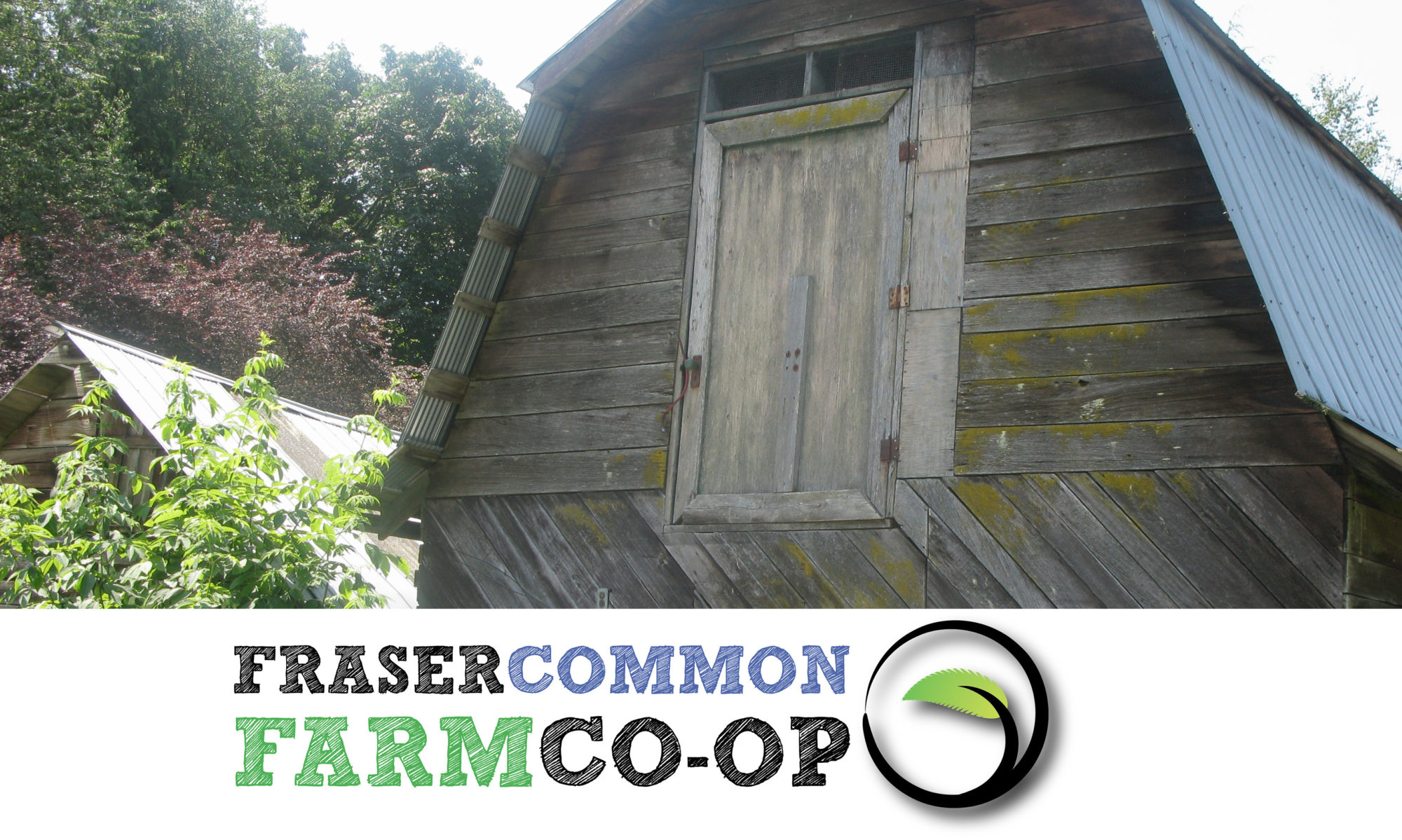Project Goals
‘There are two strategies for preparing for climate change – mitigation or adaptation. Mitigation requires taking action to reduce the severity of climate change and adaptation requires changing agricultural practices to reflect changes in climate conditions. Mitigation strategies are best implemented on a regional scale. On-farm adaptation to manage water resources, are the best option for preparing for predicted climate change. ”
Eryne Croquet, Statlu Environmental Consulting
www.statlu.ca
The goals of our Adapting to Climate Change project arise from several years of discussion, observation, and experience. Chief among them are the following:
Develop Water Management and Enhancement Strategies
Water issues seem to be at the centre of every discussion and decision-making session. Whenever we discuss orchard rehabilitation, crop planning, housing renovations, and facilities development, we need to consider water management. Long-term planning is only useful when these issues are addressed and resolved.
Develop a Tree management Plan
Recognizing that we inherited the biodiversity and characteristics of our farm both from nature and previous generations, we believe we have a responsibility to steward it for future generations. We were aware, before we started this project, that we need to manage the existing trees. We’ve had a lot of meetings and discussions about introducing new trees but felt we needed a plan. We spent grant time working to complete a Tree Planting Guide and Tree Management Calendar which helps us design better orchards and enhance our wild areas. We began developing a database, using Filemaker software, of trees and plants, both wild and cultivated, which currently exist on the farm. Understanding the ecosystem of the farm will help us make better decisions in the future. This part of the project will take more work in the next few seasons to complete.
Diversify Production
We’ve long talked about diversifying our production to include more perennial crops. Fruit production fits into our CSA program and restaurant sales. We can imagine adding more fruit trees, additional berries (particularly native varieties), and possibly nut trees.
Unfortunately, we haven’t had great luck with our tree management. Our apple trees are prone to black knot and canker and the fruit is damaged by several pests. Similarly, our walnuts are being attacked by the walnut husk fly rendering them unsellable in their mature state. We have taken to selling the green ones, which brings in income but we prefer mature nuts. Our hazelnuts have succumbed to the blight affecting most of the nut production in the valley. We recognize that at least part of the problem is that we don’t have the capacity and are perhaps lacking some of the knowledge to properly manage these crops.
With this project we wanted to examine how to best manage, rehabilitate and invigorate our perennial crops. We were aware of comprehensive planning processes like Food Forestry, Tree Guilds and Permaculture Design that could be useful but we also wanted to ensure that they were practical in our situation, could meet our desired outcomes, and be in line with our capacity for management. We also began looking at harvesting non-food plant resources as part of our economic activity.
